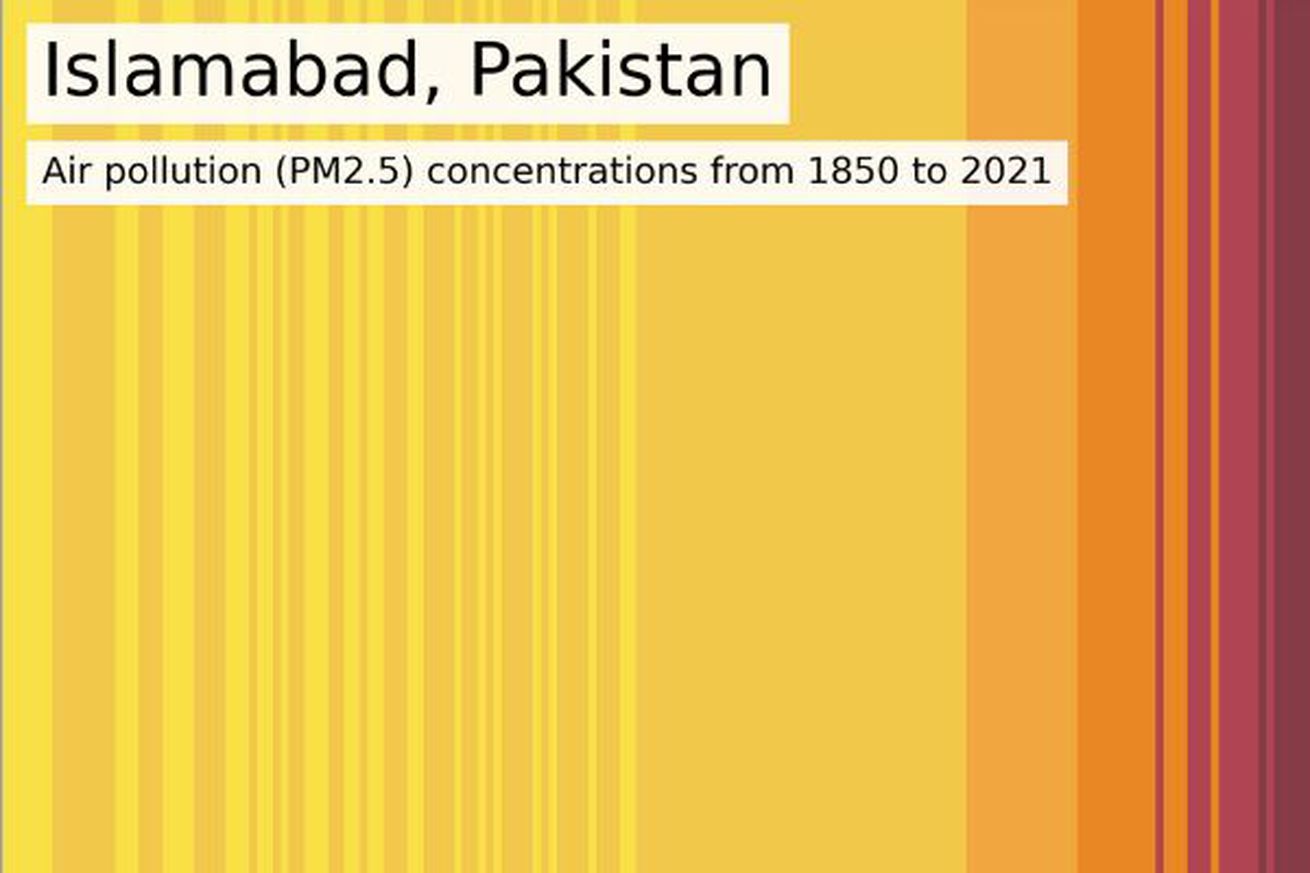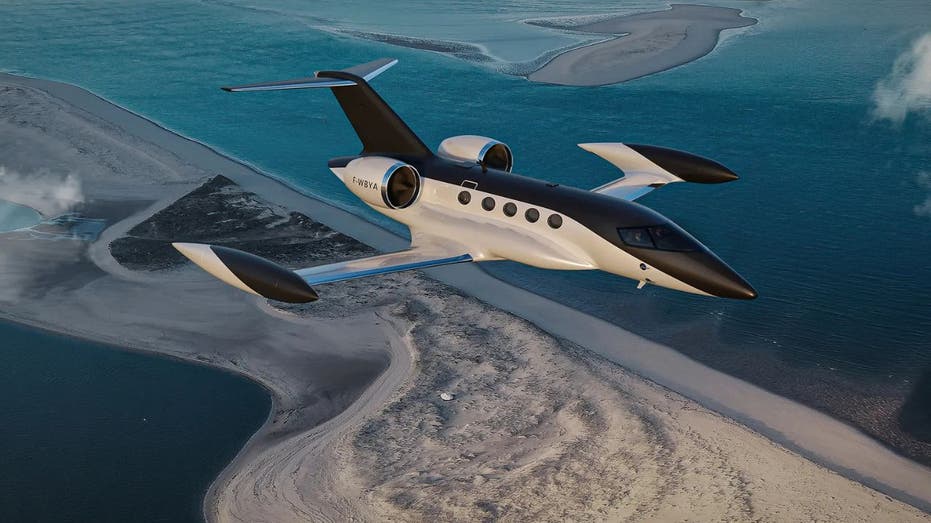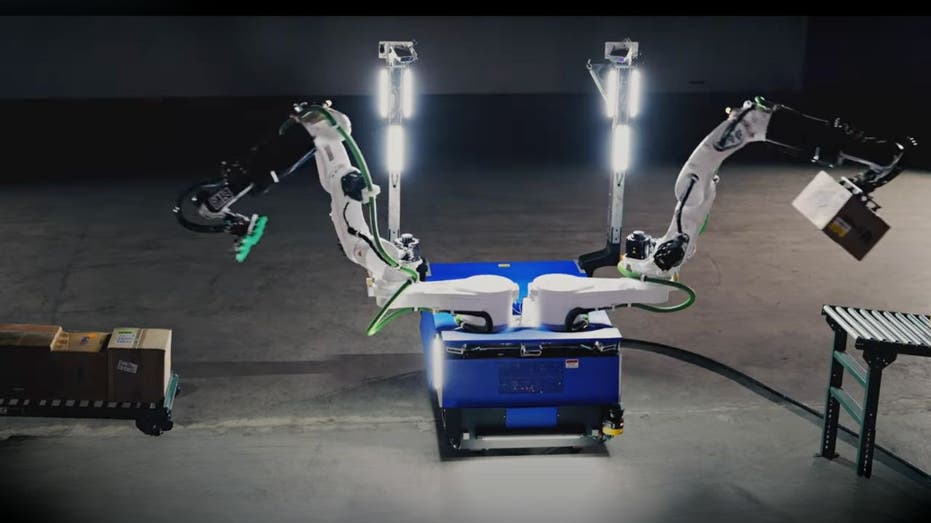- by foxnews
- 08 Apr 2025
Hope and disparity: a colorful new way to visualize air quality around the world
A new tool shows how much air quality has changed since the Industrial Revolution in cities across the world. It generates a single image made up of different colored stripes representing pollution each year in each major city. You can see stark contrasts from place to place, showing how much work is left to do to clean up pollution and also how well those efforts can pay off in the long run. Air pollution has fallen sharply in wealthy Western nations but is still a serious health risk in many places around the world.“Air pollution is often called the ‘invisible killer,’ but these images make the invisible visible,” Kirsty Pringle, a codirector of the project who is based at the University of
- by theverge
- 27 Aug 2024
- in technology

A new tool shows how much air quality has changed since the Industrial Revolution in cities across the world. It generates a single image made up of different colored stripes representing pollution each year in each major city.
You can see stark contrasts from place to place, showing how much work is left to do to clean up pollution and also how well those efforts can pay off in the long run. Air pollution has fallen sharply in wealthy Western nations but is still a serious health risk in many places around the world.
"Air pollution is often called the 'invisible killer,' but these images make the invisible visible," Kirsty Pringle, a codirector of the project who is based at the University of Edinburgh, said in a press release.
The project was a collaboration between the University of Leeds, the University of Edinburgh, North Carolina State University, and the UK Met Office. Researchers use data from the UK Met Office to estimate average annual concentrations of fine particle pollution, or PM2.5. That takes into account particulates with a diameter less than a 30th of the width of a human hair - small enough to potentially enter the lungs and bloodstream. This kind of pollution - which might include dust, soot, and smoke - comes from smokestacks, tailpipes, and increasingly from wildfires made worse by climate change.
The researchers created colored stripes for the capitals of each country, along with some other major cities and their universities' hometowns. Each image represents changes in air pollution from 1850 to 2021. Satellite and ground-level readings of PM2.5 provide data for roughly the past two decades. Since that was largely lacking before 2000, they also rely on computer model simulations to peer back in time.
The stripes range in color from light blue to dark brown or black to represent "extremely poor" air quality. The scientists worked with artist Ethan Brain to come up with a color palette, sourced from some 200 images gathered by searching Google for "air pollution."
The lightest blue indicates air quality below the World Health Organization's recommendation of less than 5 micrograms of fine particle pollution per cubic meter of air (5 ug/m³). You can see London and Los Angeles start to approach those levels in recent years after decades of efforts to rein in pollution from industry and transportation. In the US, pollution levels started to fall after the enactment of the landmark Clean Air Act in 1970.
Air quality can be very different from neighborhood to neighborhood, though, with communities of color in the US often burdened with a disproportionate amount of air pollution from nearby highways and industrial facilities.
The unfortunate reality is that 99 percent of the world's population live in places with air quality that's worse than the World Health Organization's guideline for PM2.5. Cities in low and middle-income countries in parts of South Asia and Africa are particularly hard-hit, the Air Quality Stripes researchers find. Air quality in Delhi, India, and Abuja, Nigeria, has climbed toward "extremely poor" and "very poor," respectively, since the 1970s, for example.
You can check out the Air Quality Stripes website to see visualizations for each city. The images resemble climate warming stripes that have become a popular way to show temperatures rising as a result of greenhouse gas emissions from fossil fuels.
Fortunately, action on climate change could also improve air quality this decade. At least 118 countries pledged to triple the world's renewable energy capacity by 2030 during the United Nations annual climate summit last year. To stop climate change, the transition to renewable energy can't leave any countries behind. Activists around the world are calling on wealthy nations and Wall Street to stop funding new fossil fuel projects and to cancel debt that makes it harder for less affluent nations to invest in clean energy.
After all, there's still hope to be found in stripes the color of blue skies.
"The images show that it is possible to reduce air pollution; the air in many cities in Europe is much cleaner now than it was 100 years ago, and this is improving our health. We really hope similar improvements can be achieved across the globe," Pringle said.
- by foxnews
- descember 09, 2016
Ancient settlement reveals remains of 1,800-year-old dog, baffling experts: 'Preserved quite well'
Archaeologists have recently unearthed the remarkably well-preserved remains of a dog from ancient Rome, shedding light on the widespread practice of ritual sacrifice in antiquity.
read more





